Entirely conceived by the artist, this publication, between artist’s book and exhibition catalogue, consists of a notebook of 46 fastened pages, in a bound envelope. It contains several texts on the artist’s work, accompanied with numerous illustrations, as well as a series of questions collected with his friends and close relations, artists, gallerists, collectors, family members… A poem is inserted between pages.





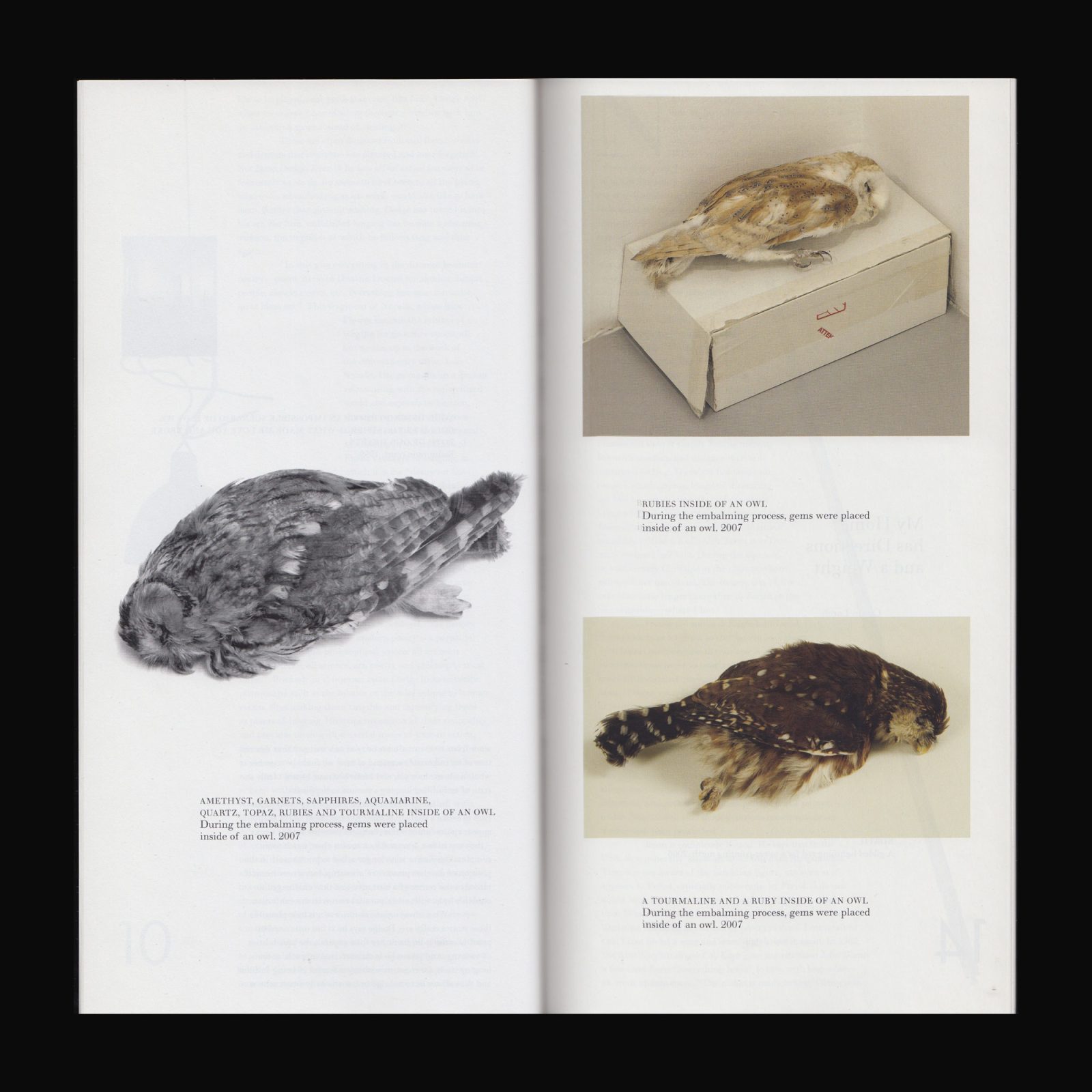
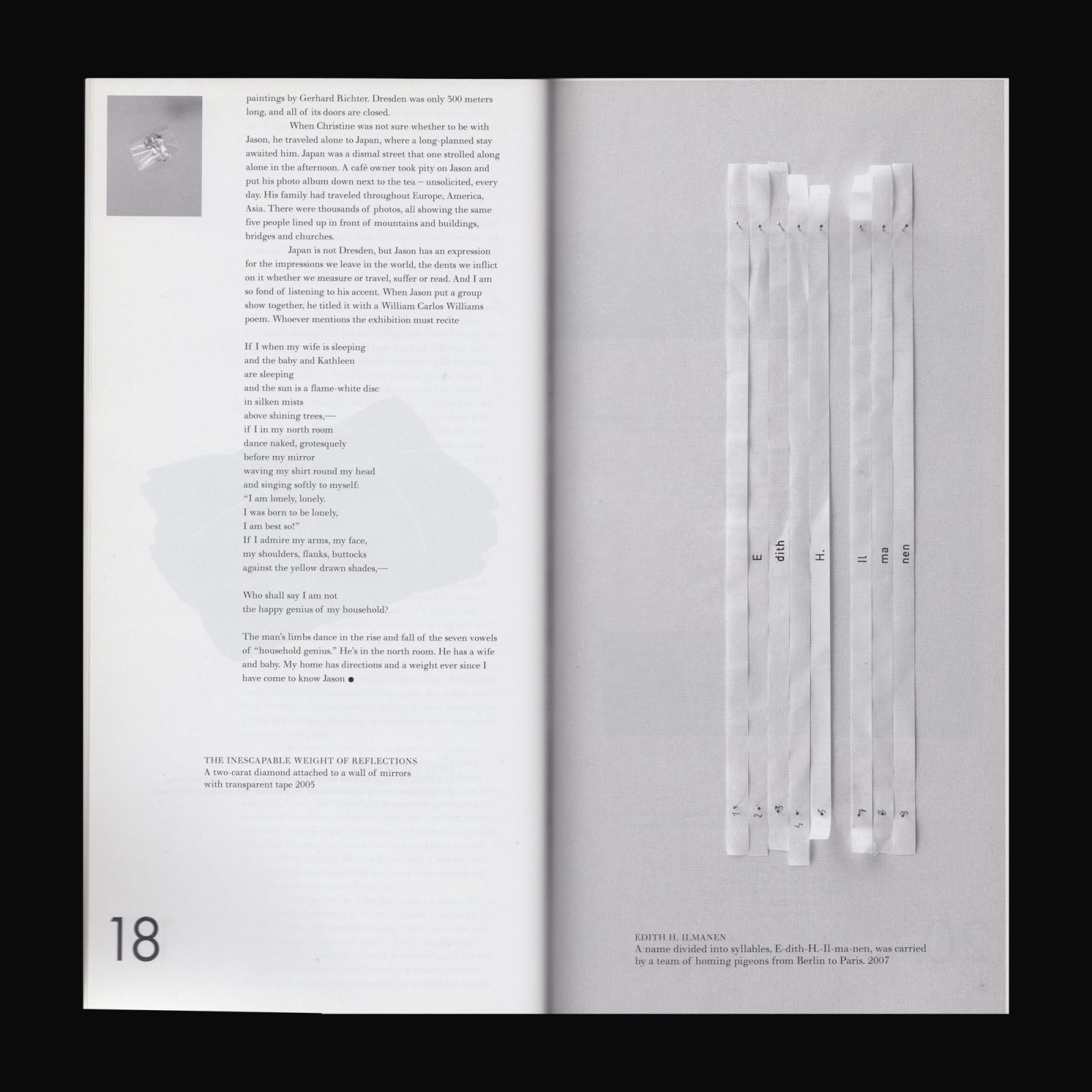
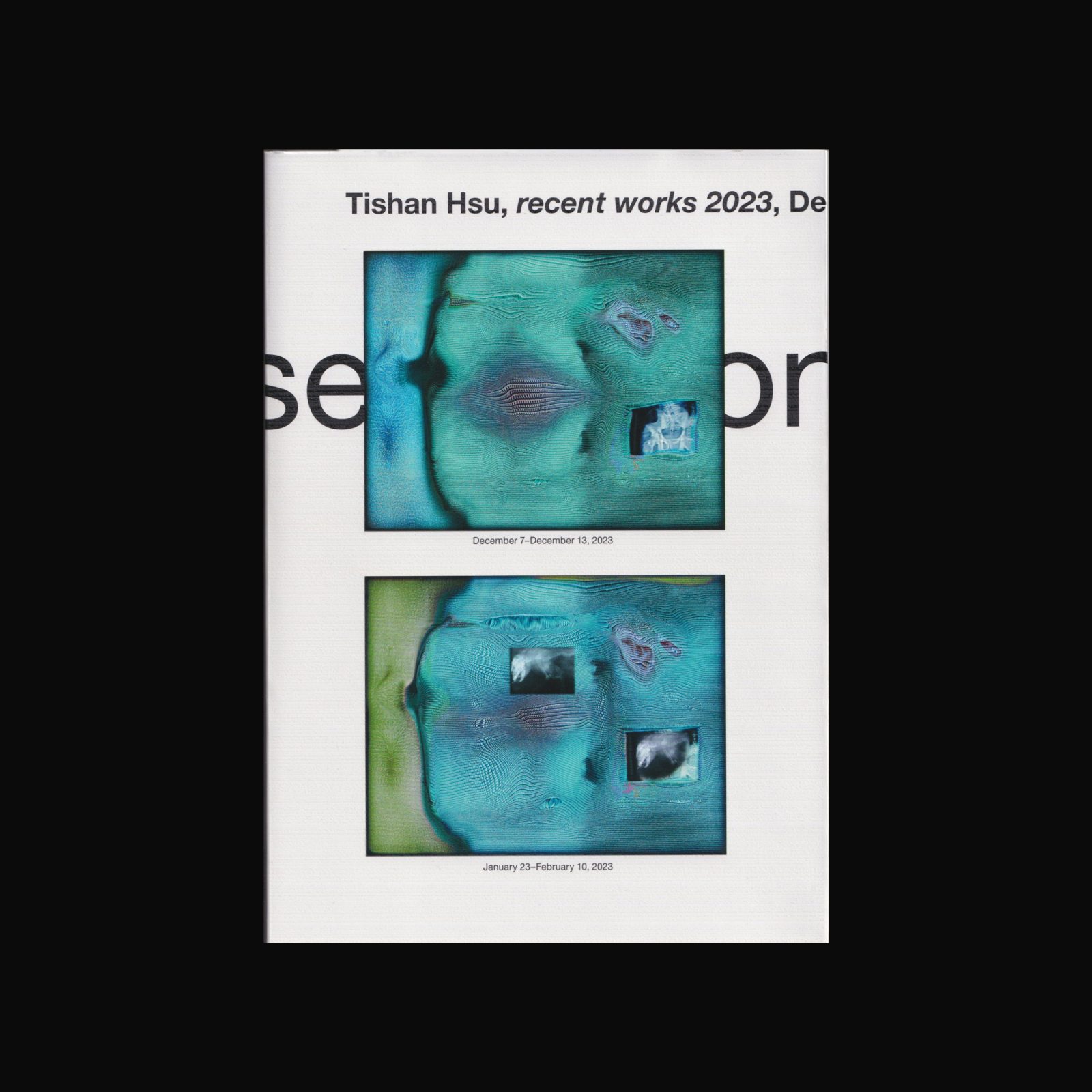

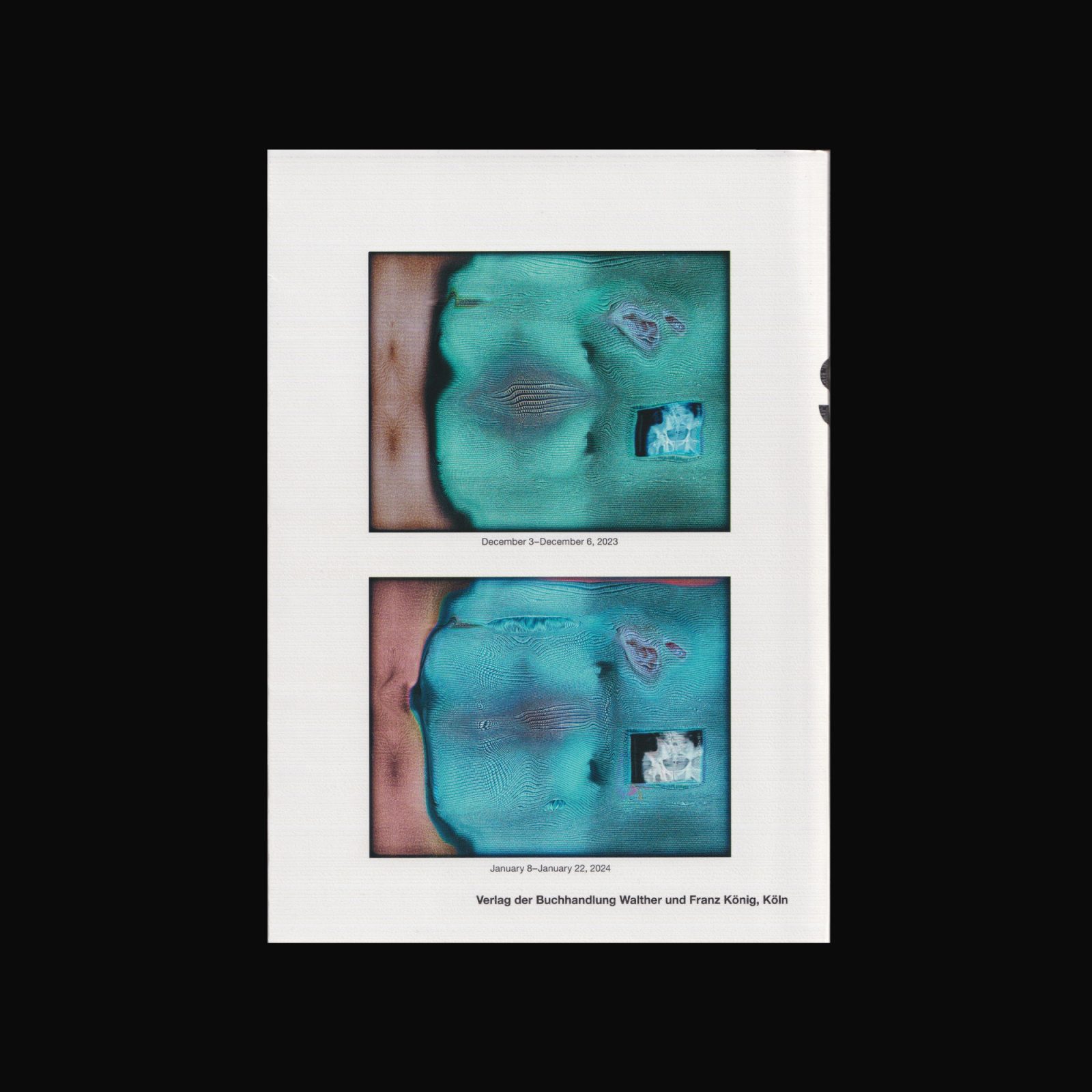

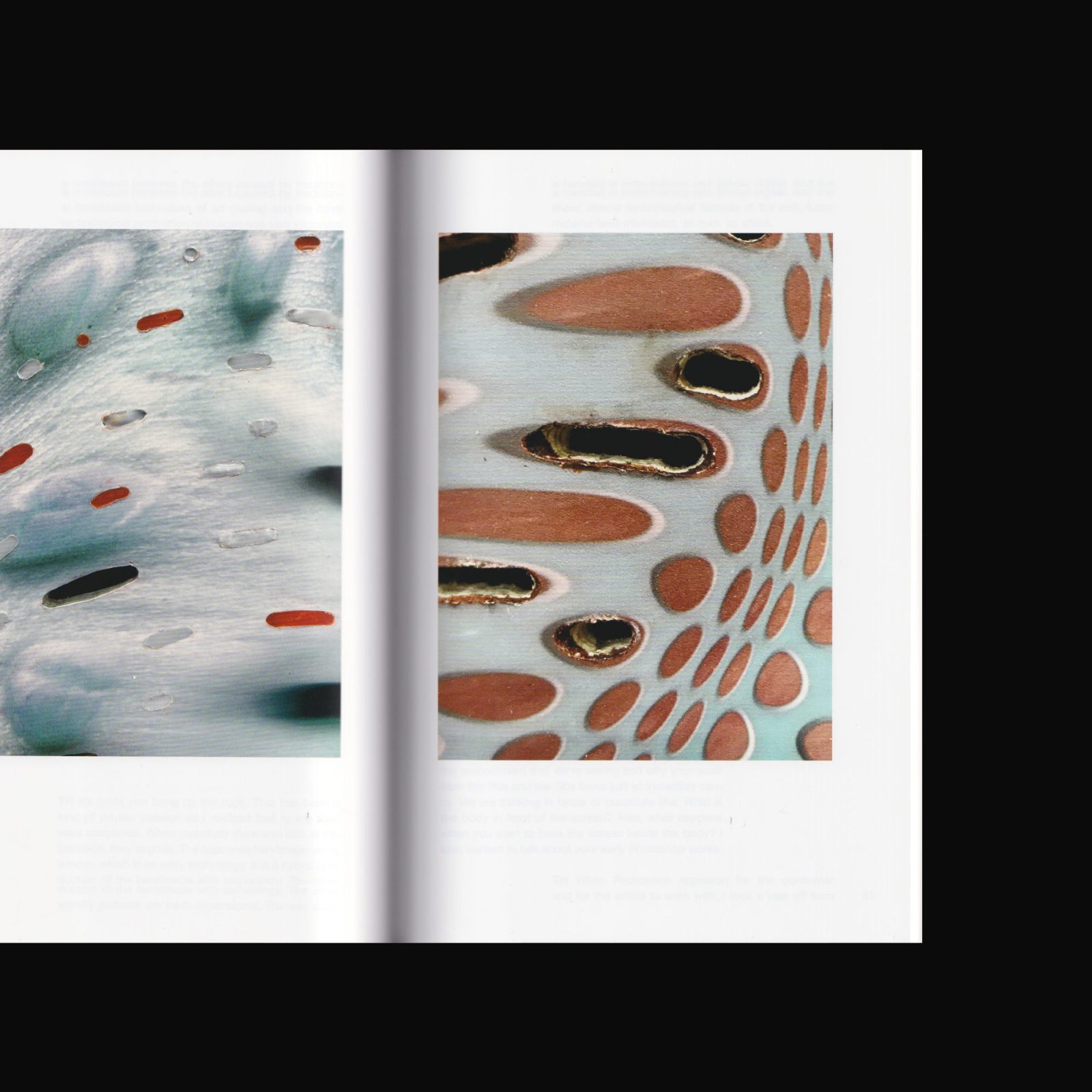
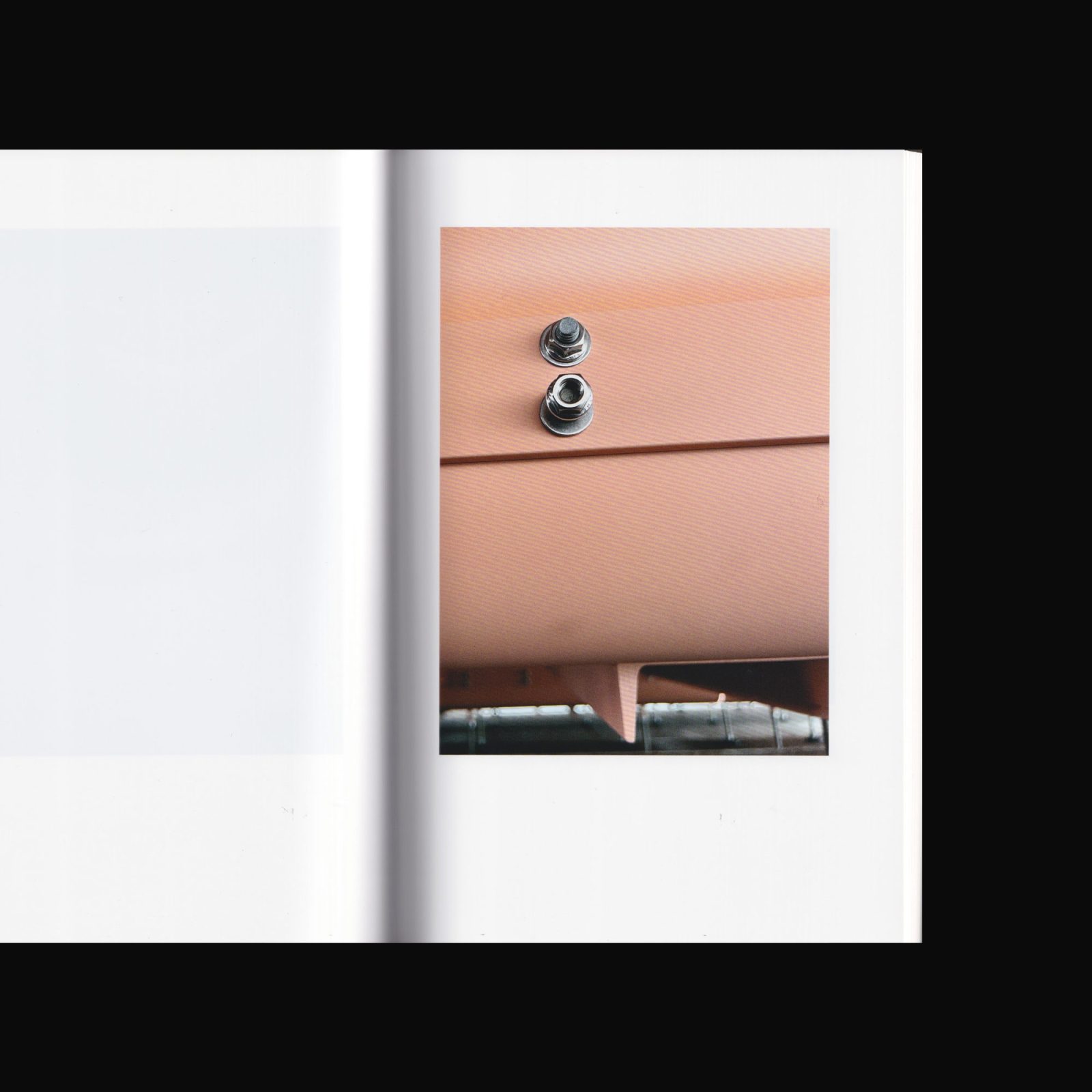
Produced on the occasion of the exhibition Tishan Hsu: recent work 2023 at Secession, Vienna, 1 December, 2023 – 11 February, 2024.
Hsu’s preoccupation with the body in a world of technology dates back to the 1980s. How bodies and consciousness change in the interaction with digital technology is a question he has insistently probed. Hsu’s insights into the interpenetration of human and technology have proven visionary; science fiction anticipated its culmination in the hybrid existence of the cyborg, but it left few traces in the art of the 1980s.
You can see Tishan Hsu in conversation about the exhibition with Patrizia Dander here.
Designed by Sabo Day.

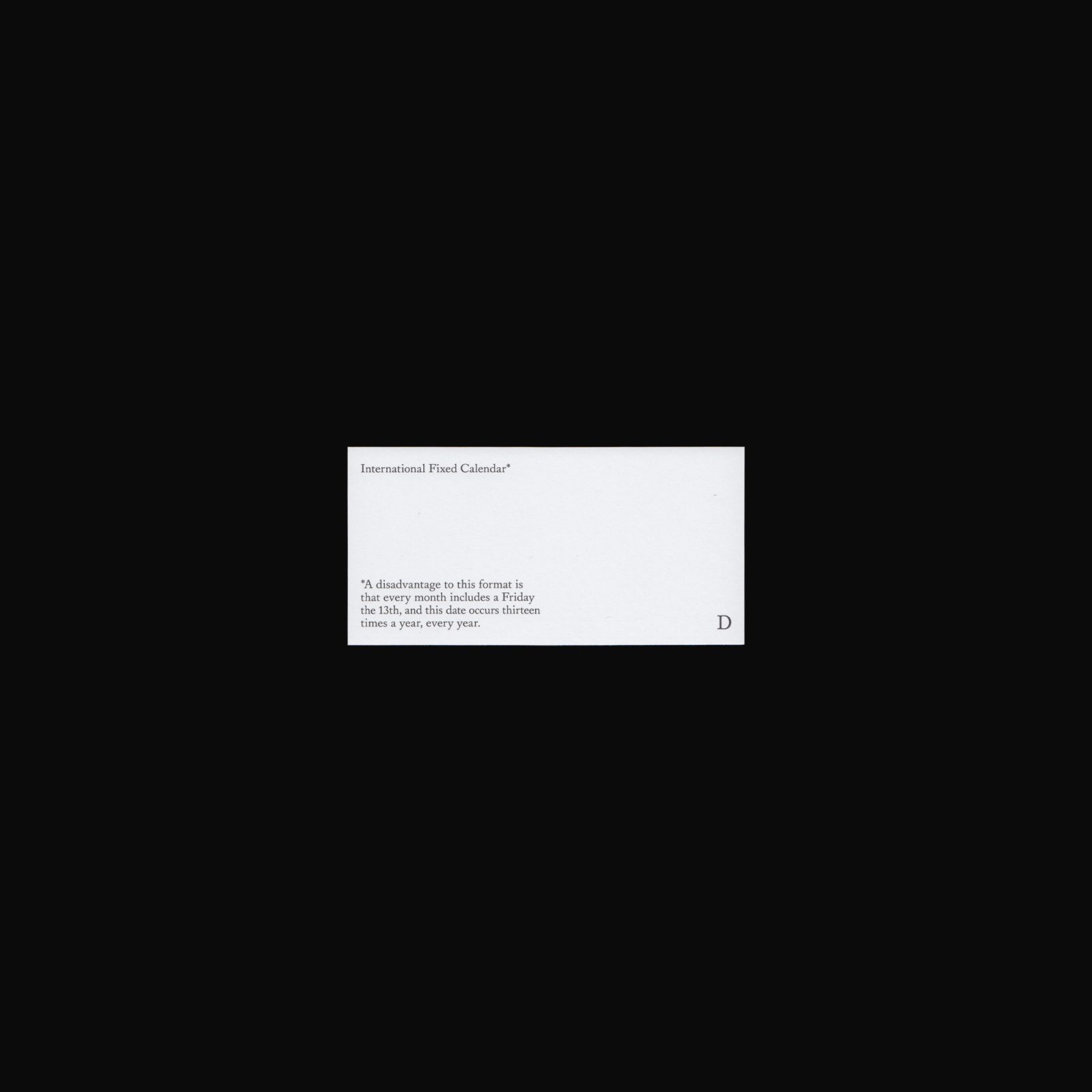
Produced to accompany WT Reader: Reader, aantekeningen exemplaar, 2017, edited and designed by Ronja Andersen and Nerijus Rimkus.
Featuring Moses Bruine Cotsworth and the International Fixed Calendar. Cotsworth’s. Cotsworth’s interest in calendar reform began when he was working at a railroad company and found that monthly accounting was greatly complicated by the fact that months did not divide evenly into weeks. He devised what is now known as the International Fixed Calendar, a solar calendar in which each of 13 months has 28 days.
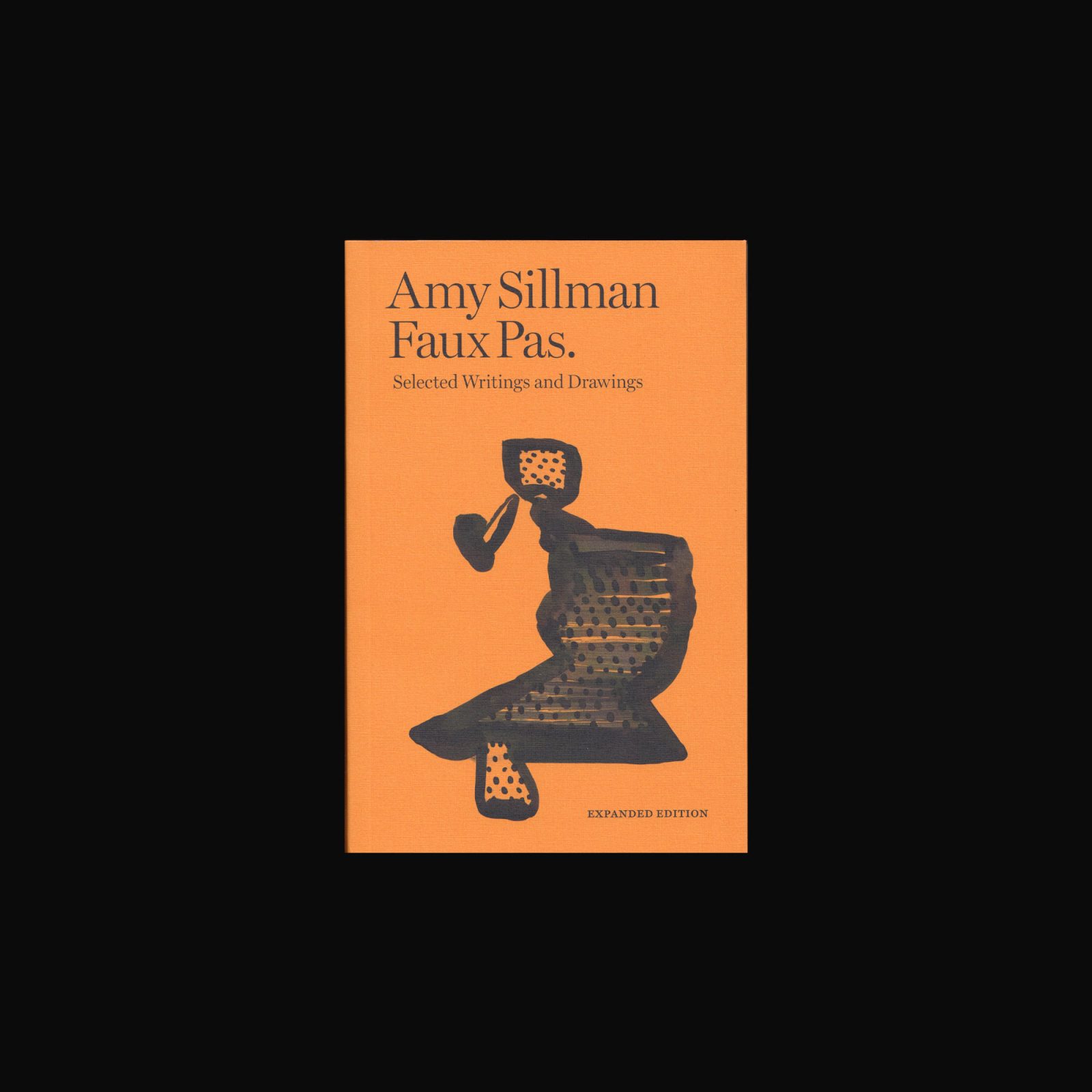

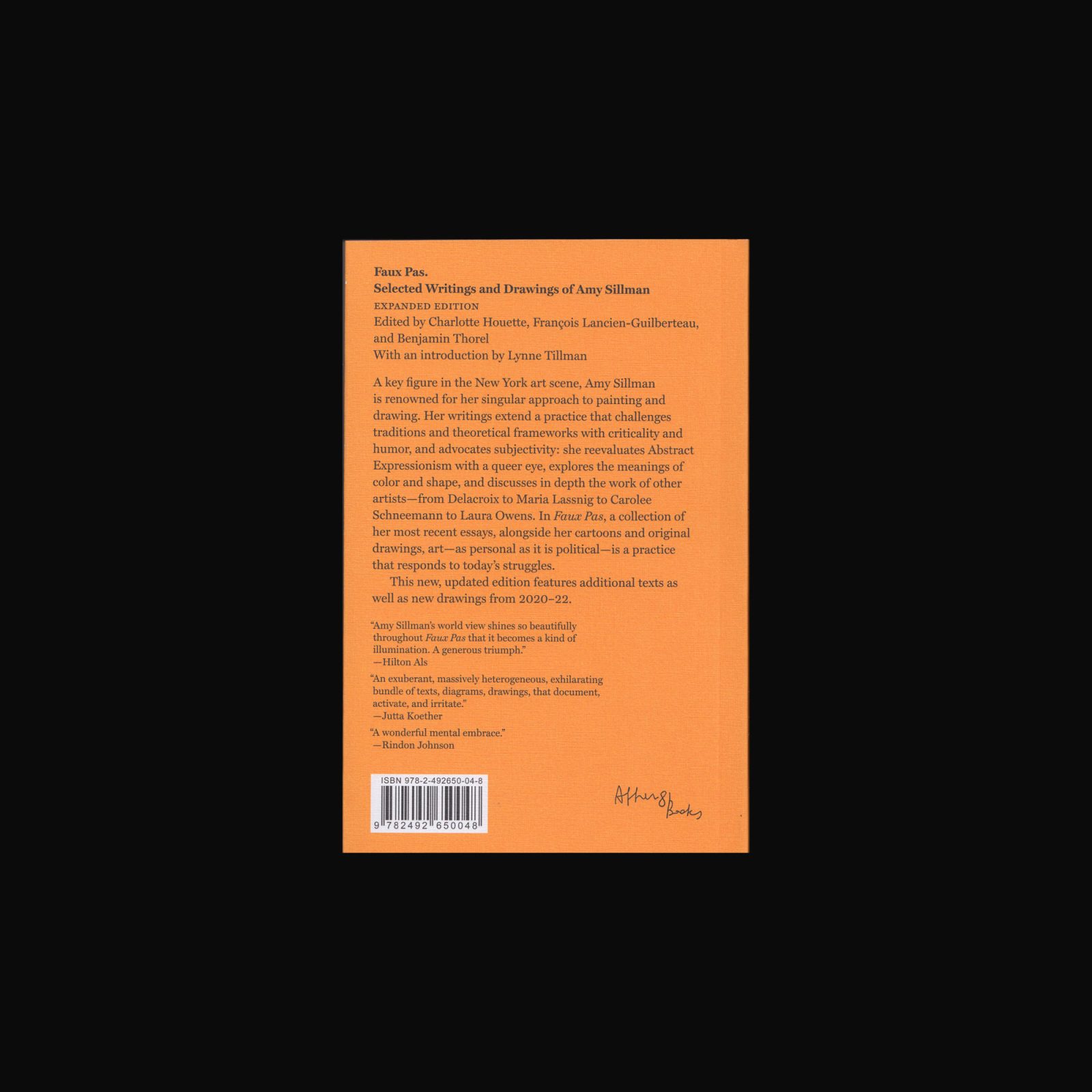
A key figure in the New York art scene, Amy Sillman is renowned for her singular approach to painting and drawing. Her writings extend a practice that challenges traditions and theoretical frameworks with criticality and humor, and advocates subjectivity: she reevaluates Abstract Expressionism with a queer eye, explores the meanings of color and shape, and discusses in depth the work of other artists—from Delacroix (and Cézanne!) to Maria Lassnig to Carolee Schneemann to Laura Owens. In Faux Pas, a collection of her most recent essays, alongside her cartoons and original drawings, art—as personal as it is political—is a practice that responds to today’s struggles.
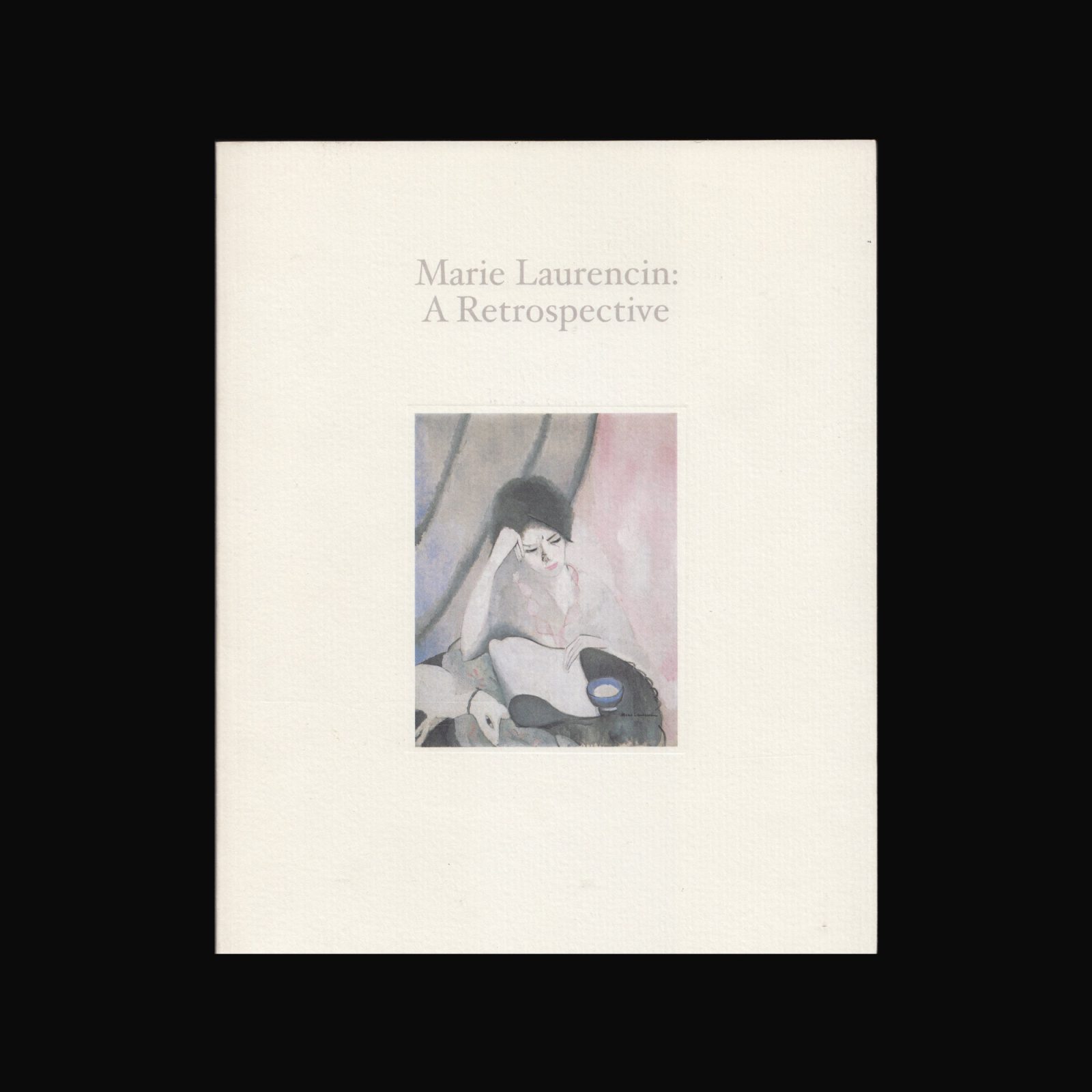

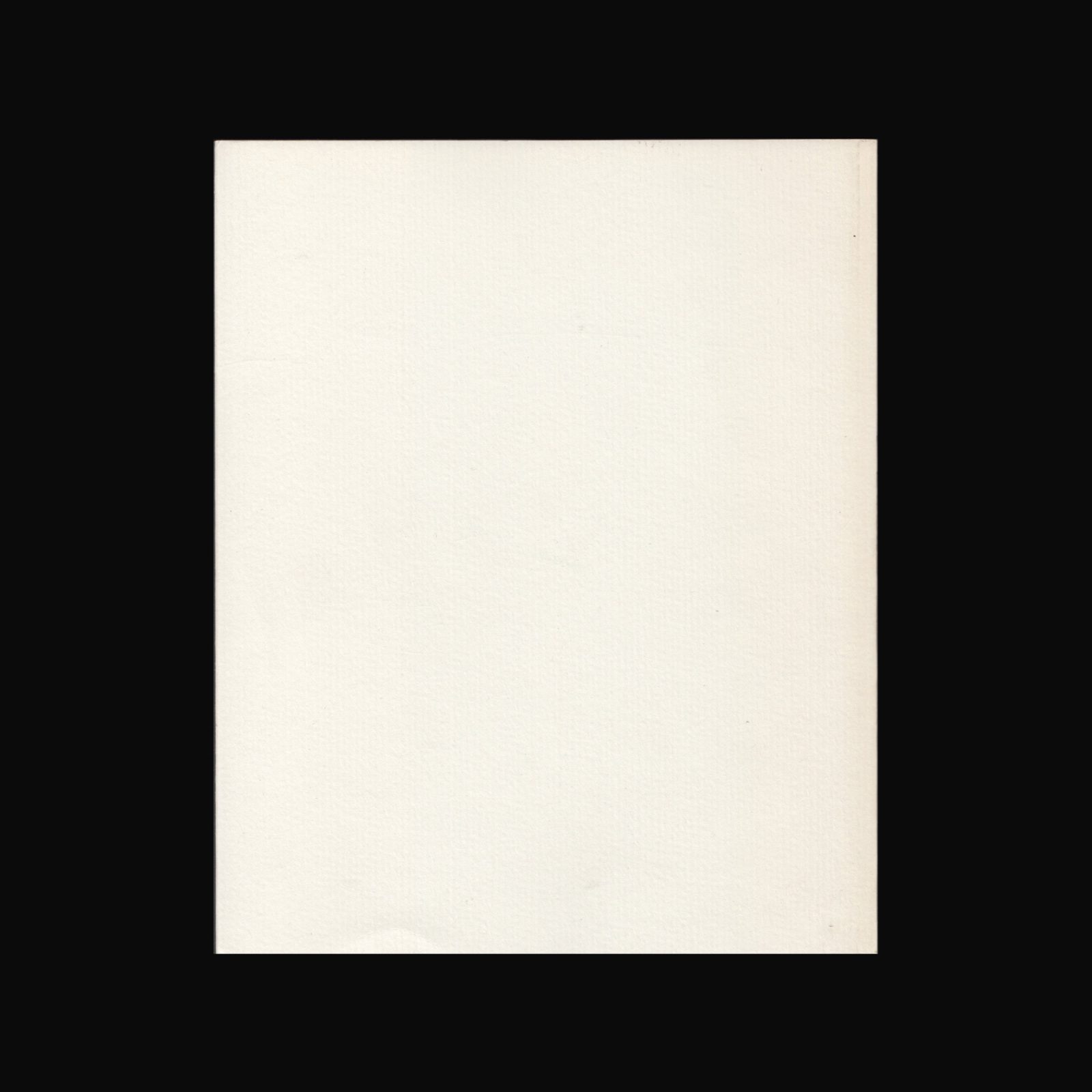
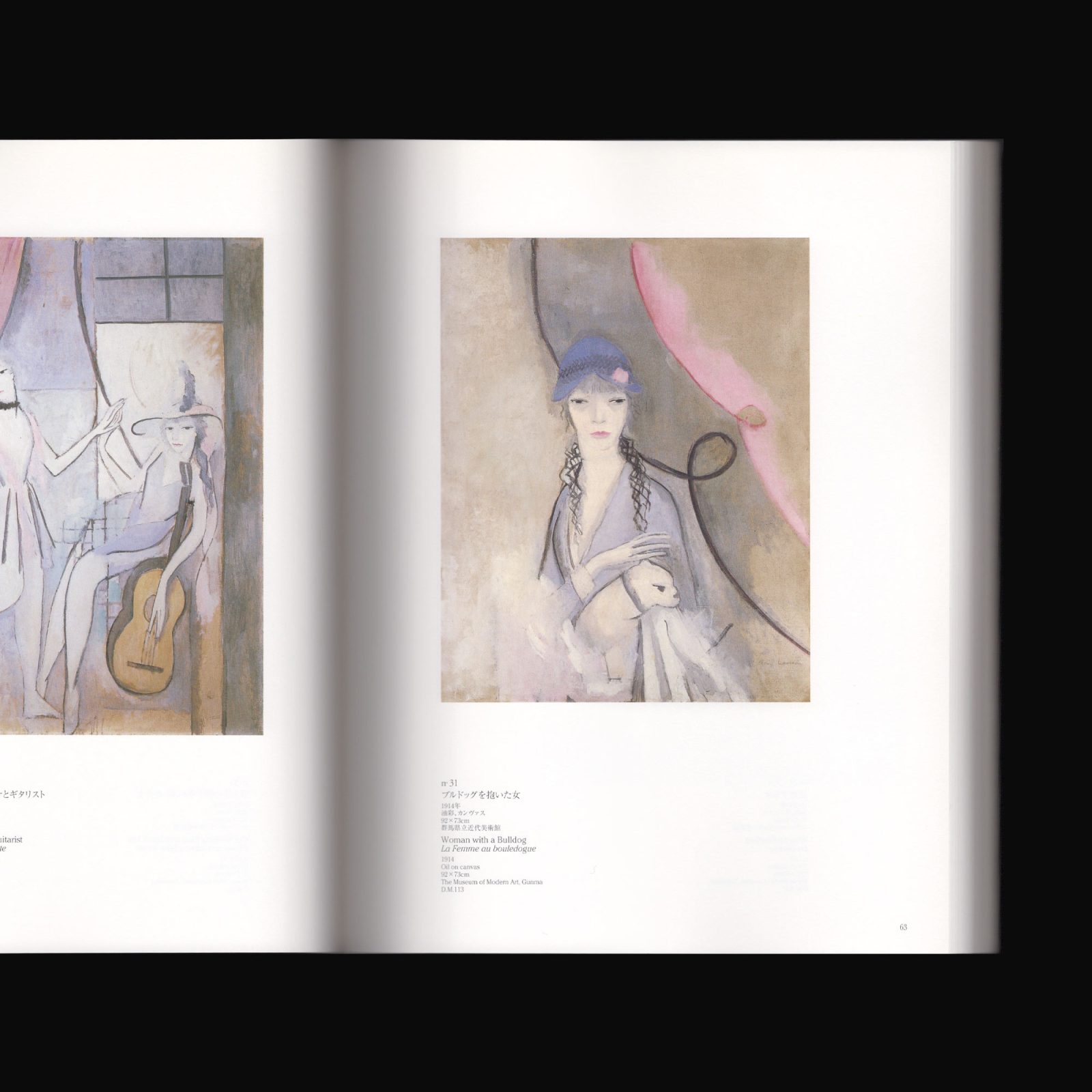
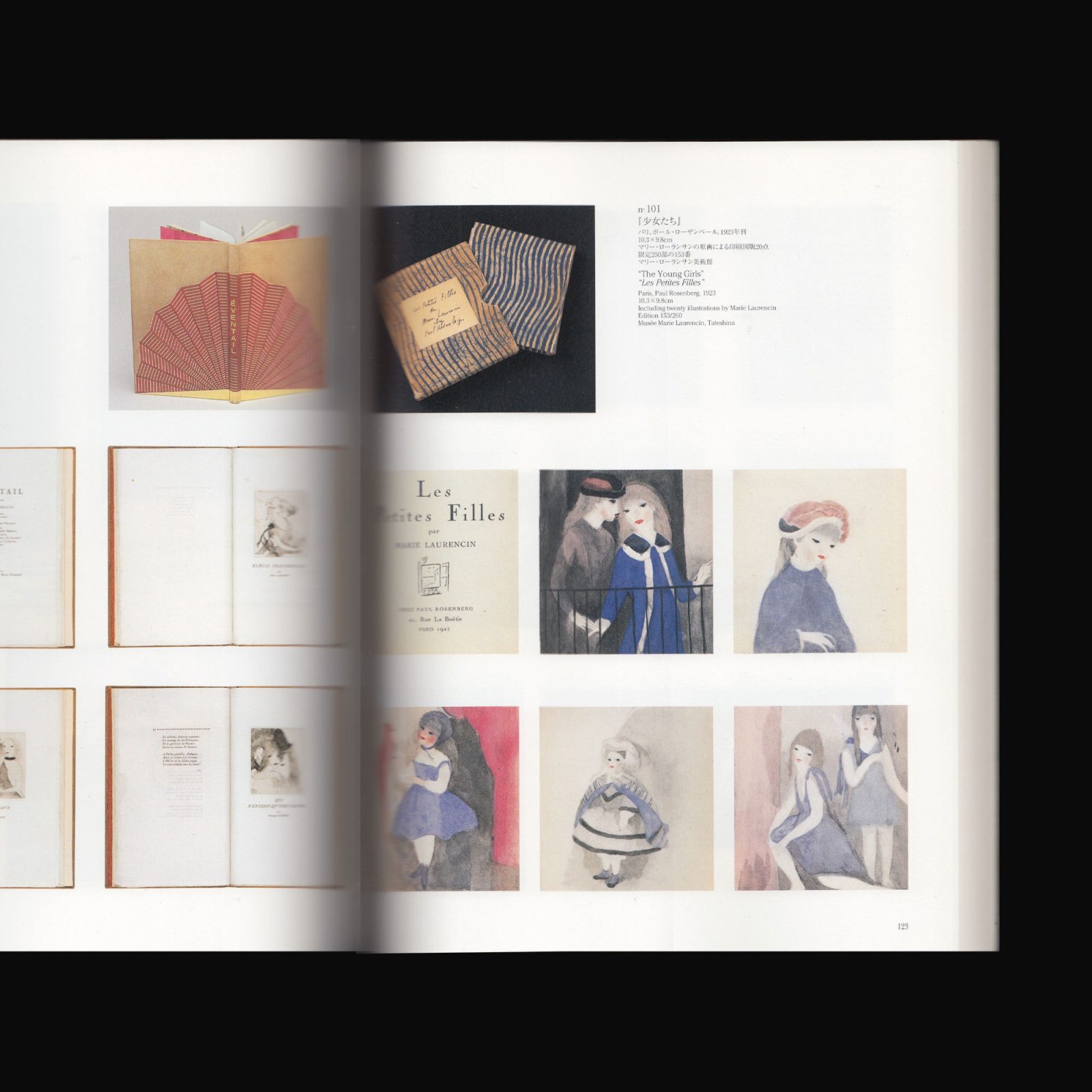

Produced on the occasion of the exhibition Marie Laurencin: A Retrospective, held on the 120th anniversary of her birth, at the Tokyo Metropolitan Teien Art Museum, 2003. Marie Laurencin (31 October 1883 – 8 June 1956) was a French painter and printmaker. She became an important figure in the Parisian avant-garde as a member of the Cubists associated with the Section d’Or.
*Please note this publication is secondhand and has some traces of previous ownership.


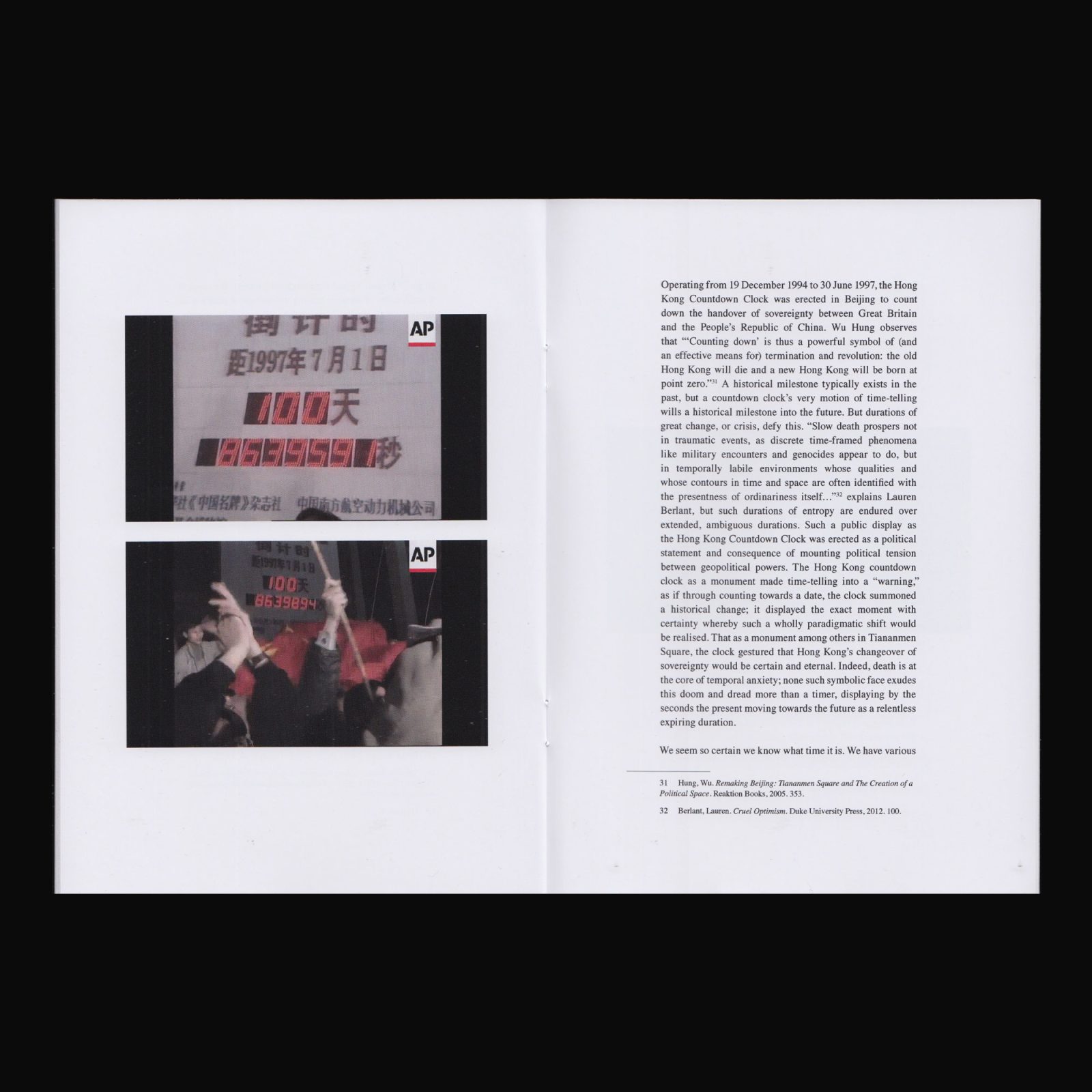
A chapbook by Tiffany Sia (b. Hong Kong) and Yuri Pattison (b. Dublin) on time-telling and hegemony. Featuring writing by Sia and images selected by Pattison, Weird Times is a brief history on the development of time-keeping technologies. The clock is disassembled as a political tool, a metronome of coercion and an accelerant of war power. Out of these mechanisms, resistant counter-tempos emerge.